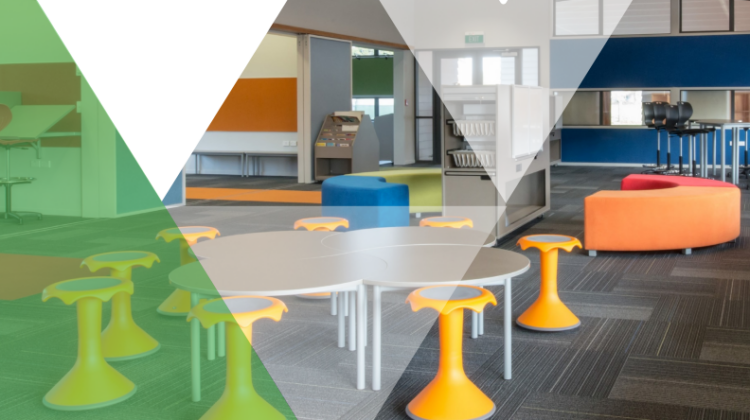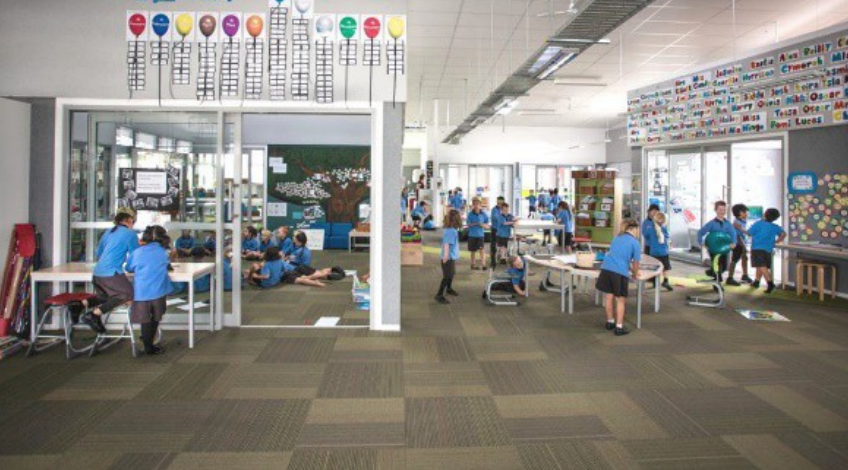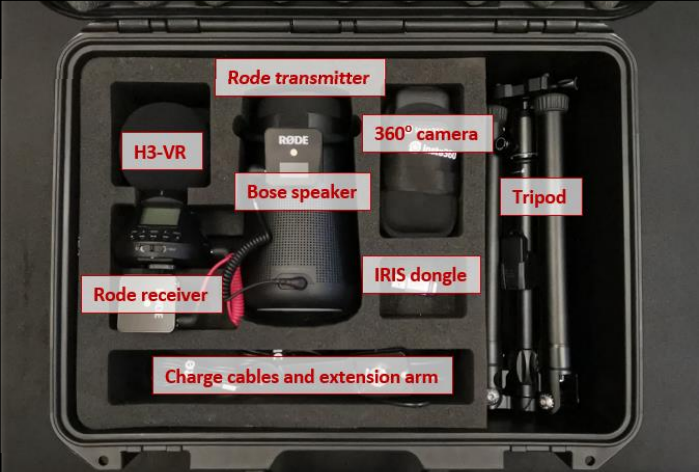
As part of their School Property Strategy, New Zealand’s Ministry of Education (MoE) has recently revamped their acoustic standard for education, Designing Quality Learning Spaces (DQLS), and aims to implement it across 3,000 learning spaces in over 600 schools.
The initiatives were recently presented at the Internoise 2022 conference by James Whitlock from Marshall Day Acoustics, an acoustic consultant specializing in educational environments in New Zealand and a key partner on the exciting projects which will now be summarized (full descriptions are provided here).
Designing Quality Learning Spaces (DQLS) – Acoustics v3.0
Designing Quality Learning Spaces (DQLS) [1] is an acoustic standard for educational spaces in New Zealand. Now in its third iteration, this document clarifies the main acoustic requirements and benefits of improving school acoustics, in an accessible manner. In plain speech, this document helps various stakeholders, including teachers, school boards, architects and engineers, understand the acoustic design of schools in New Zealand.

Some key mandatory acoustic requirements include:
Reverberation Time (RT) [mid-frequency T60s; balanced RT spectrum]:
- 0.4 – 0.5s for small primary school learning spaces and breakout rooms
- 0.5 – 0.6s for small secondary school learning spaces, staff rooms and libraries
- 0.5 – 0.8s for technology spaces including music rooms and science laboratories
- For large learning spaces (>300m3, assembly halls, auditoria and gymnasia), volume-based requirements apply (see Figure 2 here).
Ambient noise levels:
- 50 dB LAeq for gymnasia and circulation spaces
- 45 dB LAeq for large learning spaces, technology rooms and libraries
- 40 dB LAeq for all other learning spaces, breakout rooms and teacher workspaces
- 35 dB LAeq for auditoria and assembly halls
- HVAC systems must be designed to 5 dB below these ambient levels
Target values are also somewhat inclusive of children that require lower RTs and ambient noise levels such as those with hearing loss, for whom the British Association for Teachers of the Deaf (BATOD) recommend an RT of 0.4s (125-4000 Hz) and ambient noise levels <35dB [2].
Along with specified values for sound insulation, impact sound and rain noise, these requirements ensure that classrooms prioritize speech and communication between occupants.
Ngā Iti Kahurangi: Testing and improvement programme for reverberation time in small and remote schools
Roughly translated as ‘small and precious things’ in Māori, the “Ngā Iti Kahurangi” project is a programme for measuring the RTs in 630 small and rural schools across the country. Any classrooms that do not meet the DQLS requirement for RT (including the need for a balanced spectrum) will be brought up to standard. This is an incredible demonstration of the NZ government’s commitment to making schools fit for purpose, and inclusive for all children.
One unique aspect of this project is the RT testing equipment, which is compact and simple to use. This enabled MoE facility managers (non-acousticians) to take measurements correctly, and deploy this project nationally. Using an impulse response software/hardware package developed by Marshall Day Acoustics (www.iris.co.nz), a cost-effective, less technically demanding testing kit was developed for under $2000 NZD and experimentally validated [3].

The testing kit includes:
- Zoom H3-VR ambisonic microphone (which has A/D conversion to B-Format onboard)
- Bose Soundlink Revolve+ bluetooth speaker (confirmed as omni-directional through laboratory testing)
- Rode Wireless Go wireless connection system
- Insta 360o camera
- MeFoto backpacker compact tripod
- A laptop (not pictured) with IRIS software hardlock (dongle)
After taking measurements in four or more test positions, the analysis software automatically assesses the rooms and automatically indicates whether the RT complies with the DQLS requirements. In this way, more than 3000 learning spaces will be brought up to standard and a large dataset on the current state of acoustics in rural schools across New Zealand will be acquired.
For more information about either of these projects, please contact James Whitlock at Marshall Day Acoustics.
References
[1] New Zealand Ministry of Education, Designing Quality Learning Spaces – Acoustics v3.0, https://www.education.govt.nz/assets/Documents/Primary-Secondary/Property/Design/Flexiblelearning-spaces/DQLS-Acoustics.pdf Wellington, New Zealand, 2020.
[2] British Association of Teachers of the Deaf (2001) Classroom acoustics – recommended standards. BATOD
Magazine, January 2001. https://www.batod.org.uk/wp-content/uploads/2018/08/acoustic-standards.pdf
[3] Dunn, M., 3D room acoustic measurements with low cost equipment, Proceedings of the Acoustical Society of New Zealand Conference 2021, Auckland New Zealand, February 2021.

